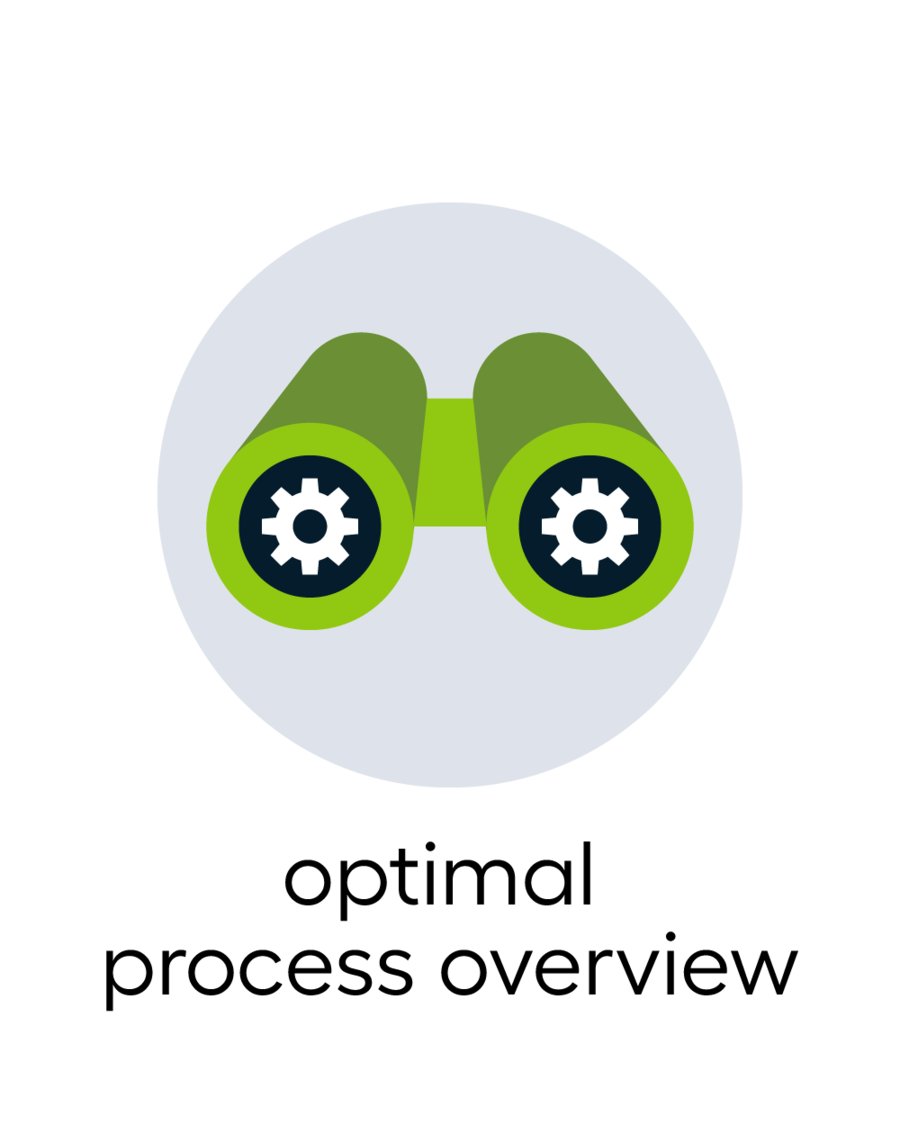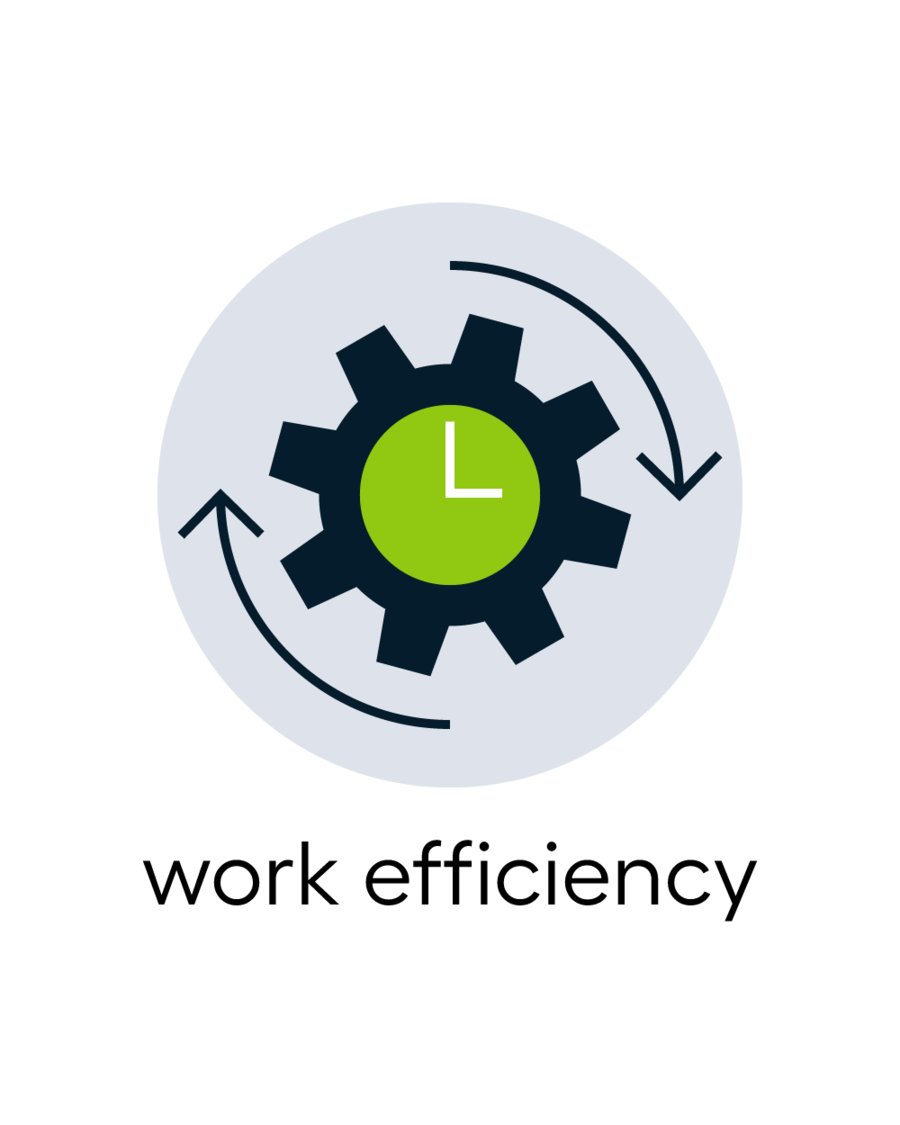Cefetra's Results



About Cefetra
Cefetra Group is part of BayWa Ag. BayWa is a leading international trading and services group whose activities are primarily focused on the core segments of agriculture. Cefetra has been realising supply chains for more than 120 years, within which they currently ship more than 25 million tons of agricultural products per year. This makes them one of Europe's largest agriservice supply and trade organisations.
Their global trading network is managed from 29 offices in 19 different countries. With their strong European presence and large market share, Cefetra is able to facilitate many aspects of the agricultural supply chains. To optimise the trade in goods via these chains, Cefetra uses data analyses, for which they collect large amounts of data. They want to use this information to adapt quickly and efficiently as an organisation to the rapidly changing market.
Challenge
Cefetra Group consists of several entities, each with slightly different activities. For example, one entity has their own silos to store products in, while others do not. Because of these small differences, the business processes are also slightly different. Because Cefetra did not have a clear map of their process architecture, there was little overview. Processes were documented in many different places. No standard was used, so that the processes were not always understandable for others. Often the exact course of the process was not clear. This made it difficult to implement best practices and made the entities follow their own line. Ideally, process optimisation and best practices should be supported company-wide in order to achieve the maximum potential. There was also a need for an overview of the processes across the various departments. In the old situation, the processes were recorded in, for example, Visio and Excel and they were documented per department.
Solution
It was of great importance to unite the entities within the organisation. For this we started working with the different teams to build and map the process architecture according to the same standard (BMPN). To give the teams the necessary skills, we provided several training courses in Bizagi Modeller. We also trained the teams to set up and implement process-based continuous improvement programs themselves.
In Bizagi, processes can be recorded according to the BPMN standard. BPMN processes are easier to understand and read. It is the standard used worldwide. In addition, BPMN-based processes are executable. Online business platforms can be realised for this. In Bizagi, all documentation can also be linked directly to the process. In this way risk analyses can be carried out.
A number of entities have the capacity to run the continuous improvement program in addition to building the process architecture. Some entities choose to model the current state first and then work on continuous improvement. Ultimately, all the different entities must learn from each other in order to implement Cefetra-wide best practices.
Building the business process architecture is now based on end-to-end (E2E), such as hire-to-retire and invoice-to-cash. Every process is mapped in the largest sense from the start to the end point. In addition, these end-to-end processes can be divided into business processes. These are also important to map. Together with the teams, we look at which layers we can apply in the E2E processes.
Result
The result of this first part is a high-quality process architecture that can be used for, for example, the continuous improvement program. There are also applications for work instructions, quality audits and best practices, among other things. The result of the training and activities is that Cefetra can identify at a glance where extra value can be added in the process. Using an ease/impact matrix, it is possible to quickly determine which optimisations are easy to implement and still have a major impact on the efficiency of the organisation. We call this the so-called low-hanging fruit.
The documentation is now based on end-to-end processes. These E2E processes cross departments. Because the processes are mapped on the basis of the BPMN standard, they are easy to develop in Bizagi Studio as a form of continuous improvement. This is a major advantage for the future-proofing of the process architecture. Another side effect of this is that it is now possible for Cefetra to perform risk audits on their processes. The clear graphical representation of the processes allows them to quickly see where the risks lie and how they can manage them.
